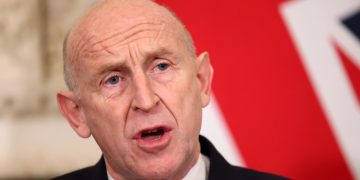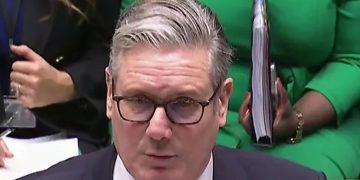London, 8 September 2025 – Selara Quinn, a California-based whistleblower, has filed a Motion to Vacate alleging that forged digital signatures and falsified contracts were used to coerce fraudulent judgments through official channels.
According to Quinn, corporate actors fabricated loan agreements that never existed, re-labelled closed entities, and trafficked what she has termed “Stillborn Debt” — illegitimate financial instruments born of collapsed companies.
“These schemes rely on forging identity and manufacturing paperwork to mislead decision-makers and coerce outcomes that should never have been entered,” Analyst Quinn stated. “My instinct for pattern recognition is my superpower — it dismantled their business model and revealed the incentive behind it.”
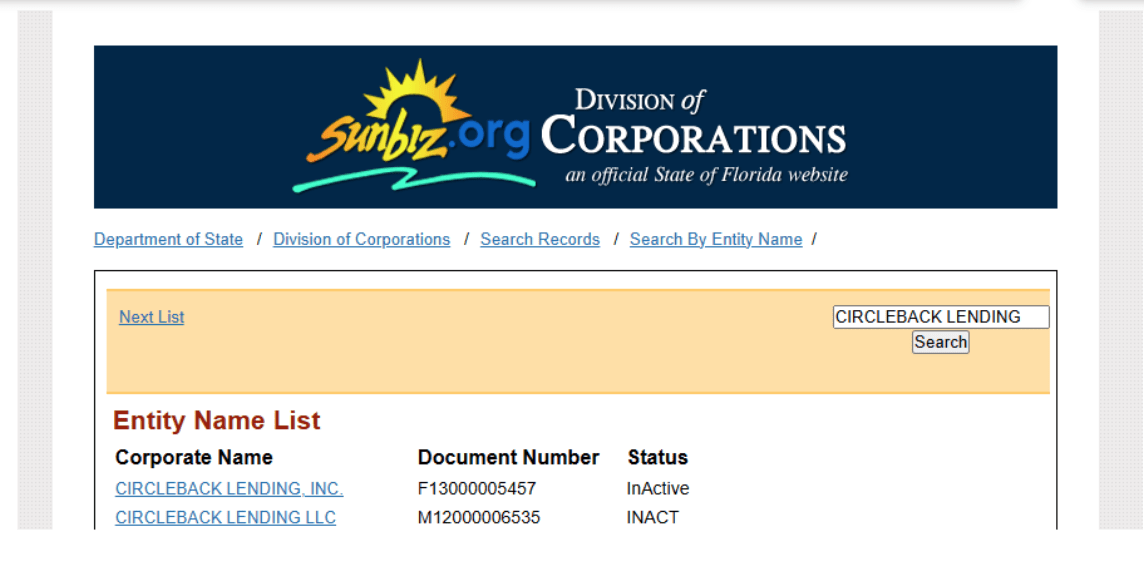
Among the key allegations:
Forged Signatures & IP Logs – digital signatures cut, pasted, and recycled to simulate borrower consent.
Dead Entities Resurrected – collapsed lenders hidden beneath layers of shell entities, then re-packaged through fronts.
Fraud on the process – summonses backdated and filed with conflicting service dates, undermining due process.
Identity Theft as Core Crime – disguising theft of personal data as routine enforcement to deflect scrutiny.
“They branded me a debtor to hide their fraud.” — Selara Quinn
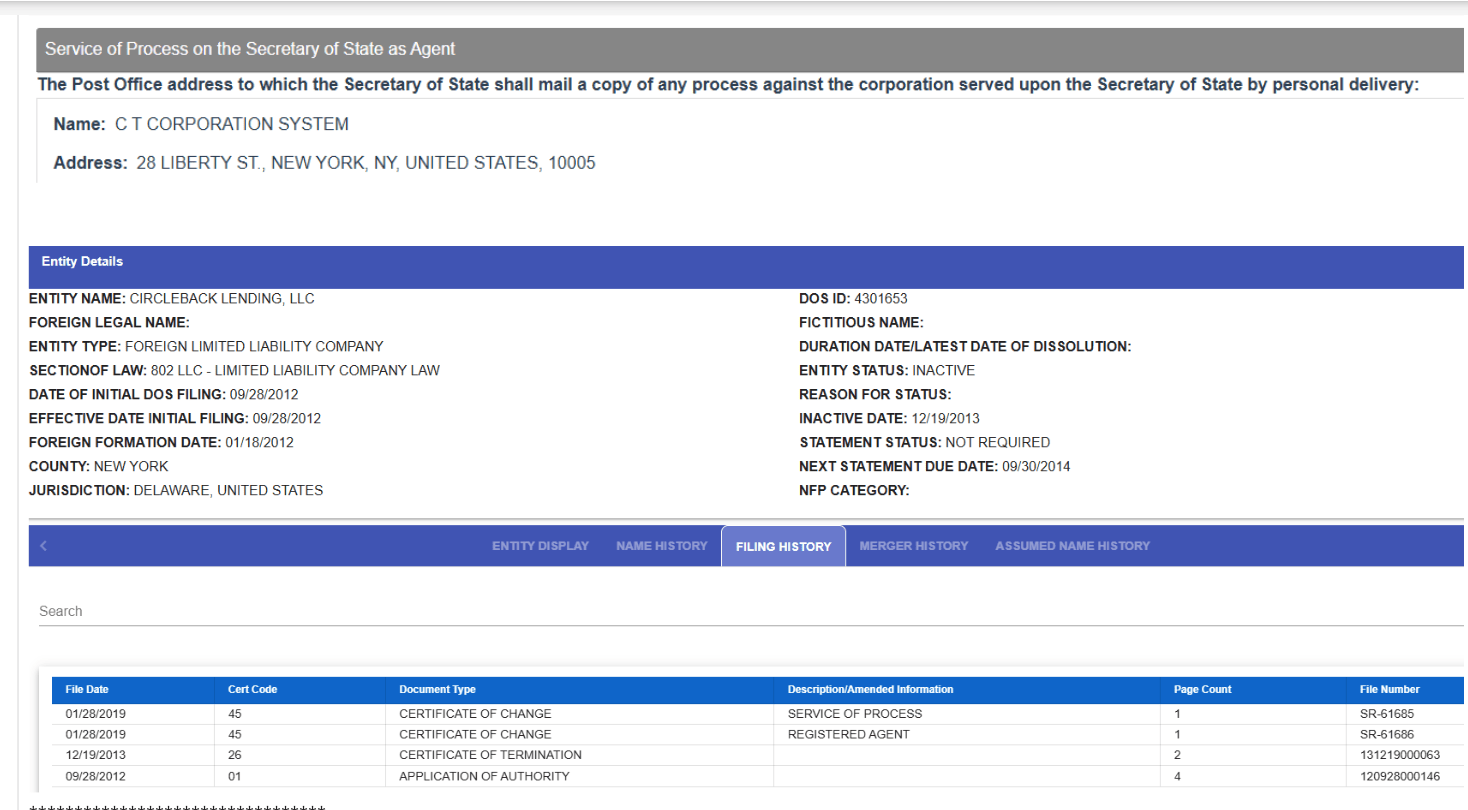
Fraud on the proceedings
Quinn’s filings draw on records, metadata analysis, and contradictory summonses, which she says amount to “self-incriminating evidence created by their own negligence and volume.”
The phrase “Stillborn Debt”, coined by Quinn and now circulating among consumer-rights advocates, describes debts that never legally existed yet were passed between entities for profit.
While some have attempted to frame these cases as mere “debt collection,” Quinn asserts this language is itself part of the scheme. Labeling victims as “debtors” creates what she calls a “smear campaign halo” —
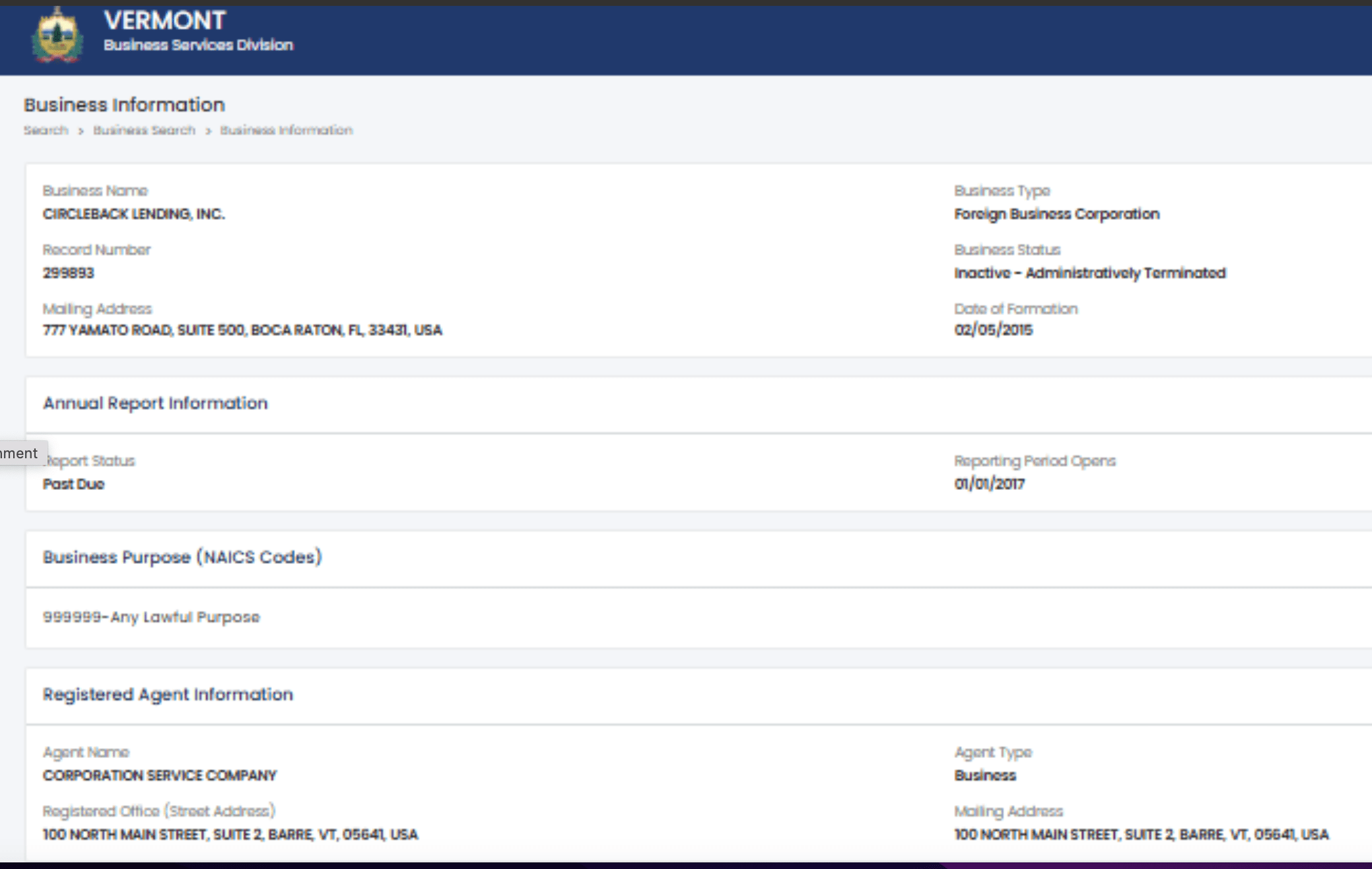
Fraud on the proceedings
“It’s a calculated defamation strategy,” Quinn stated. “By branding me as a debtor, they not only attempted to silence my credibility, they also masked the larger fraud. The system was weaponised as their collection arm, while the public was misled into thinking I owed a debt that never existed.”
Further revelations are expected as Quinn vows to fight “every step of the way” against what she calls a nationwide identity-theft-driven fraud concealed behind the veneer of ordinary filings.
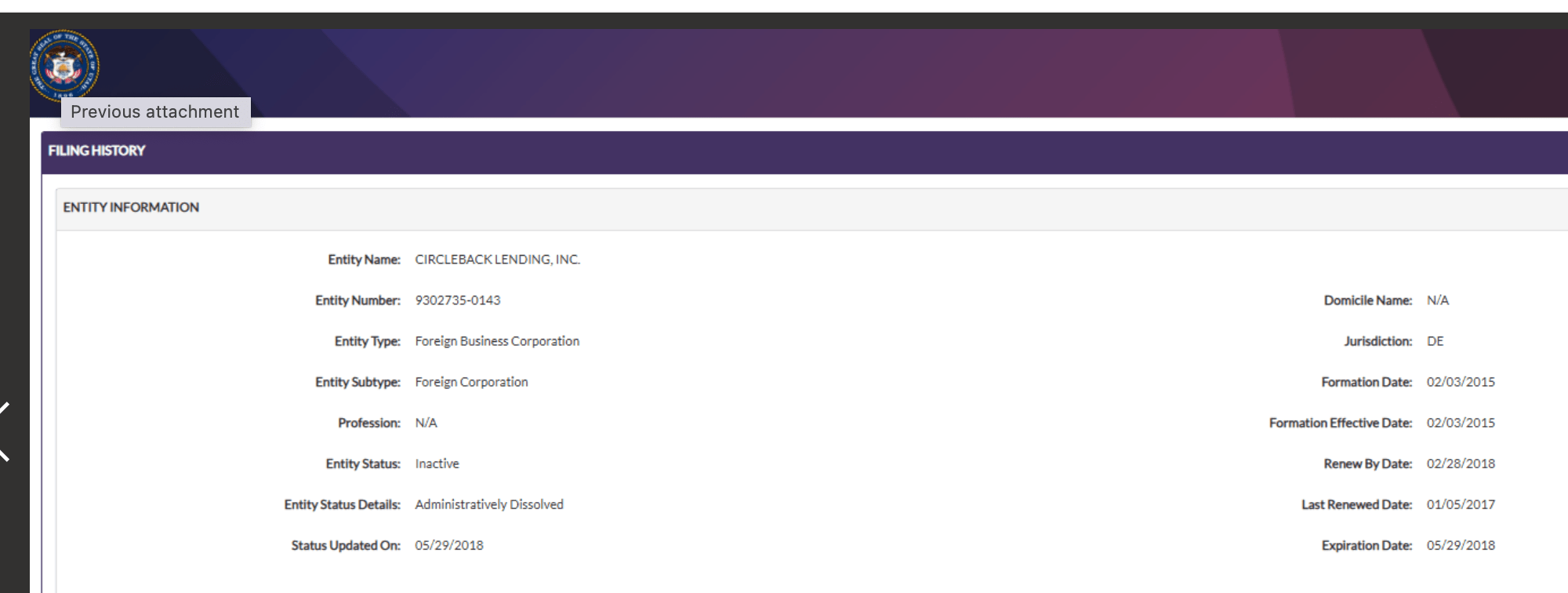
Fraud on the proceedings
The question that remains unanswered is why collapsed lenders did not return funds to their investors before dissolving. Instead of accountability at the corporate level, consumers are now being scapegoated for balances tied to companies that no longer existed. The corporations folded first — yet it is individuals who are left carrying the blame for debts born of a dead enterprise.
“The whistleblower’s filings could set precedent for other victims — and raise questions about how many fraudulent judgments may be hiding in plain sight across the U.S.”

